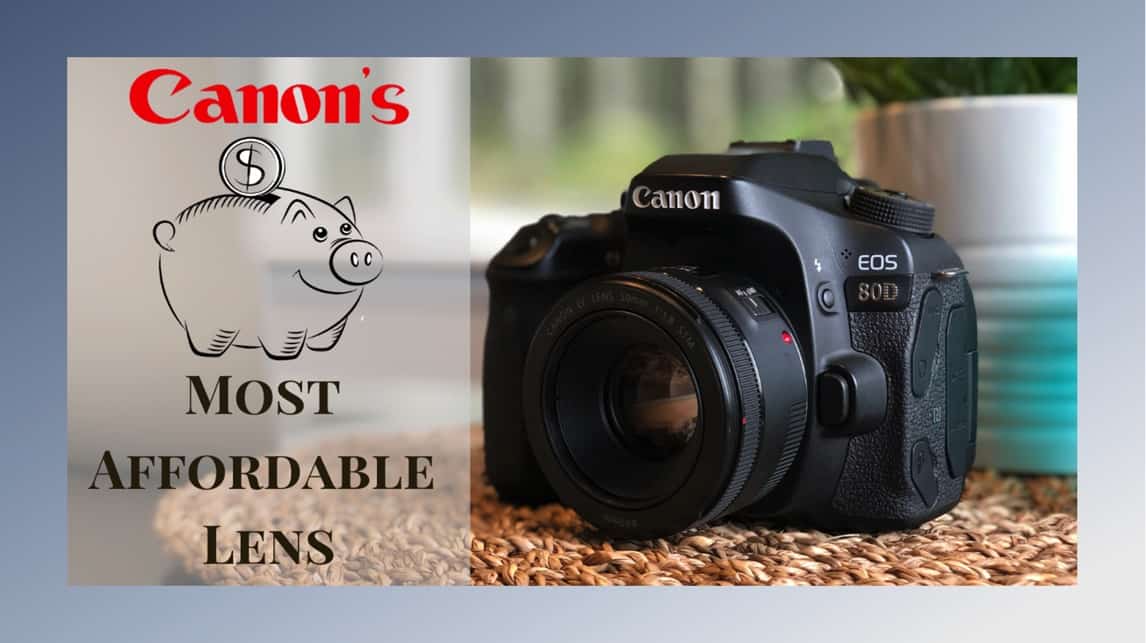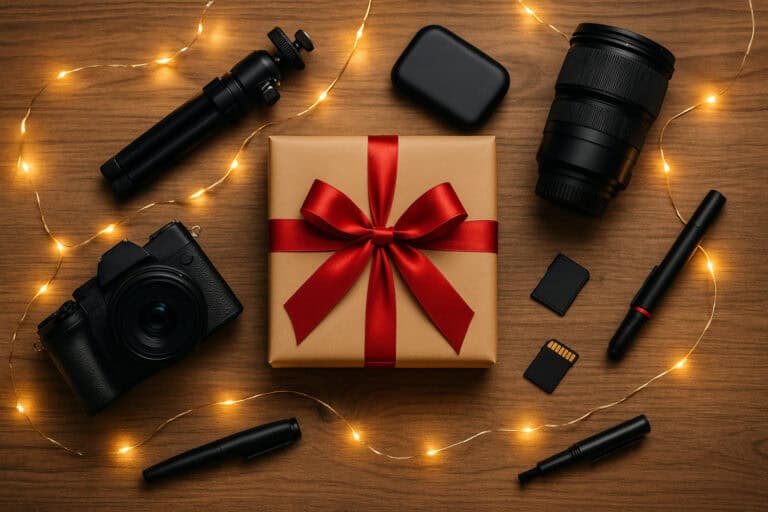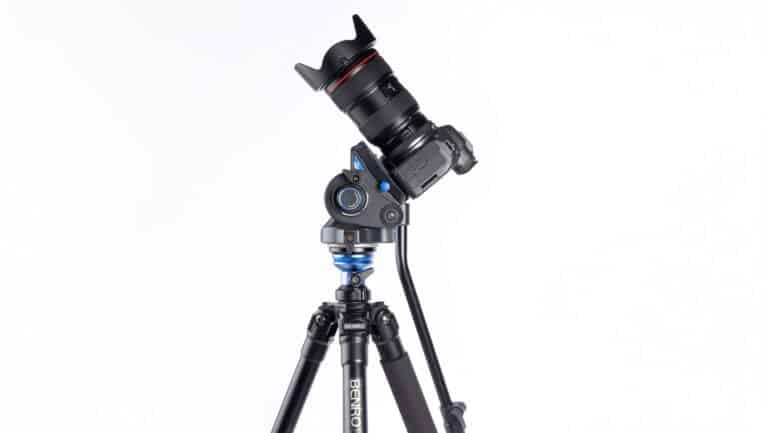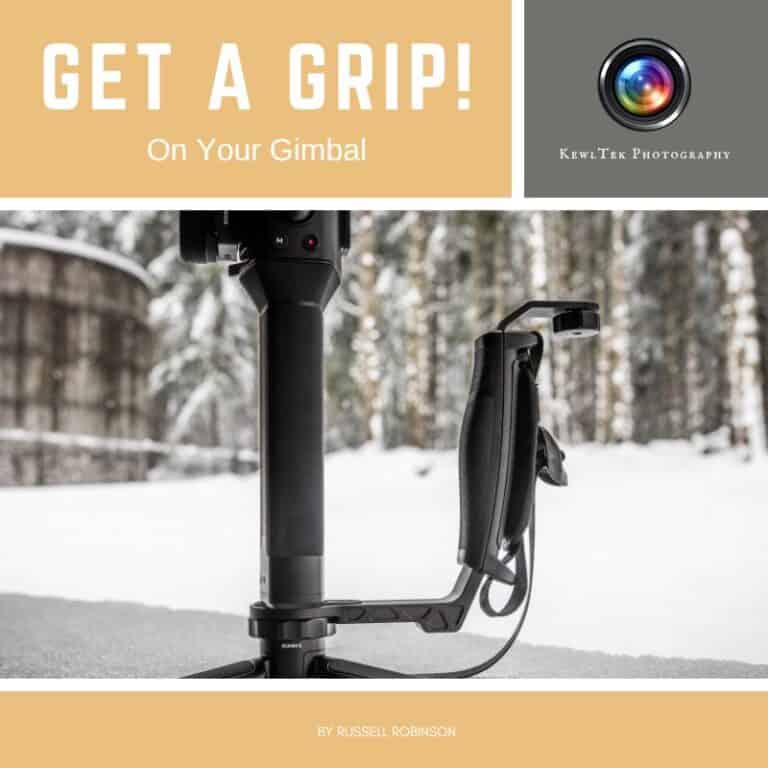Canon’s Best Budget Lens (And Why Almost Every Canon Owner Should Own One)
Updated: December 2025

If you’re using a Canon DSLR and still shooting with the kit lens, there’s a good chance you feel like:
- Your photos don’t look “professional”
- Backgrounds never blur the way you expect
- Low-light shots fall apart fast
- Your camera isn’t living up to the hype
Here’s the uncomfortable truth:
It’s probably not your camera. It’s your lens.
There’s one Canon lens—consistently priced under most camera upgrades—that changes how people feel about their photography almost overnight.
That lens is the Canon EF 50mm f/1.8 STM.
👉 Check current price and availability on Amazon
Amazon affiliate link — price may change
Why This Lens Feels Like a “Light Switch” for Beginners
This is not a “cheap lens” in the bad sense. It’s affordable, yes–but more importantly, it’s usually the first lens that makes photographers say:
“Oh! So this is what people mean by good glass!”
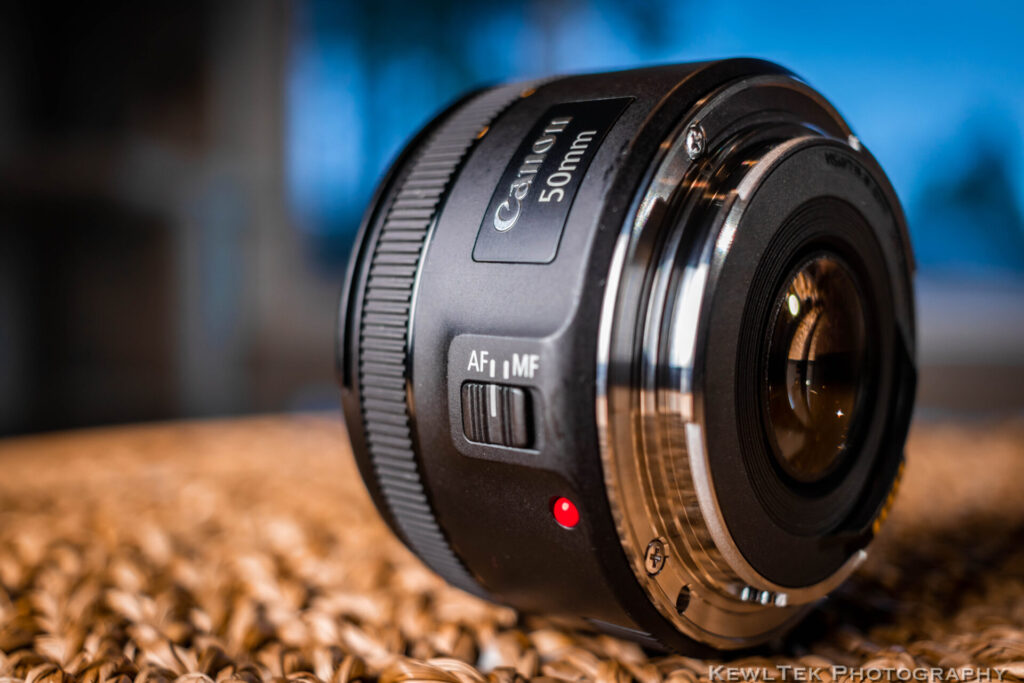
If you’ve ever seen photos with:
- Creamy blurred backgrounds
- Sharp subjects that pop
- A more cinematic look
…and wondered how people got that look–this lens is often the reason.
Who This Lens Is For (Be Honest With Yourself)
This lens is for you if:
- You own a Canon DSLR (Rebel, SL series, 80D, etc.)
- You want better photos without spending hundreds
- You’re tired of fighting your kit lens
- You want results that feel immediate
If that sounds like you, keep reading.
Why the 50mm f/1.8 is the First Lens People Buy


Can you spot the difference in the two images? The kit lens’s aperture closes down to f/5 when zoomed in to 50mm resulting in less background blur.
Most kit lenses open to:
- f/3.5 at best
- f/5.6 at the long end
The Canon 50mm opens to f/1.8.
That single difference unlocks three things immediately:
- Much better low-light performance
- Real background blur (bokeh)
- Cleaner, more confident images
Yes, there are techniques to fake this with kit lenses.
But with the 50mm, you stop fighting physics.
The Real-World Downsides (Because No Lens Is Perfect)
Let’s address the tradeoffs up front:
- ❌ No image stabilization
- ❌ No zoom (you have to move your feet)
- ❌ Mostly plastic construction
And here’s why those don’t matter at this stage:
- The wide aperture offsets shake
- Prime lenses teach composition faster
- Plastic keeps weight down and cost low

Build Quality: “Plastic Fantastic” And that’s Fine
The 50mm f/1.8 STM is lightweight (159g / 5.6 oz) and mostly plastic, but:
- It has a metal lens mount
- It doesn’t feel flimsy
- It balances beautifully on mid-range Canon bodies
This is a lens you USE, not baby.
Accessories That Actually Make Sense

Lens Hood (Recommended)
Canon ES-68 lens hood.
Reduces flare and protects the front element.
Filters (Optional, But Useful)
49mm thread size:
- CPL filter — cuts glare from cars, glass, water
- ND filter — controls light for outdoor video
Brands I personally use:
- K&F Concept
- PolarPro
👉 See CPL filters
👉 See ND filters
Image Quality: What You’ll Actually Notice
At f/1.8
- Backgrounds melt away
- Subjects separate beautifully
- Minor fringing can appear (easy to fix in Lightroom)
At f/2.8-f/4
- Edge sharpness improves
- Contrast tightens up
- Still great background separation
This lens punches way above its price.
Who This Lens Is Not For
This lens is not idea if:
- You need zoom flexibility
- You shoot sports or wildlife
- You rely heavily on stabilization
But that’s OK, because every lens has a job.

Bottom Line: Why I recommend This Lens So Often
If you want:
- Better photos immediately
- More creative control
- A confidence boost
- A lens you won’t regret buying
This is the Canon lens almost everyone should own.
One Last Thing (Read This Before You Buy)
Many photographers think they need:
- A better camera
- More megapickles (Yes, I said megapickles)
- A “pro” camera body
In reality, lenses change photos more than camera bodies ever will.
This 50mm lens is often the first step where people finally see what their Canon camera can do.
Disclosure:
As an Amazon Associate, I earn from qualifying purchases. Clicking links costs you nothing and helps support this site. I only recommend gear I believe makes sense for real photographers.
